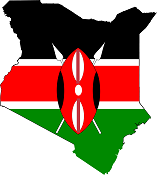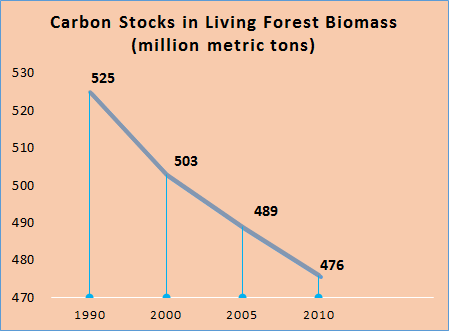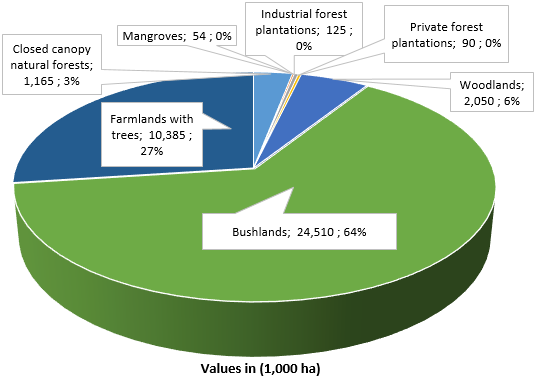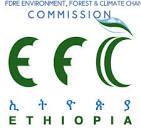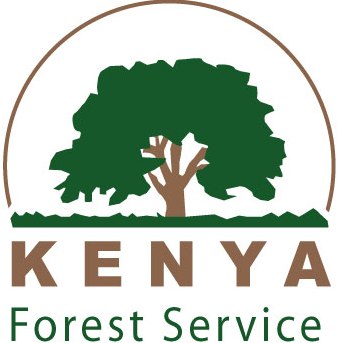
Thrill of a 3km of zip-lining adventure at Kereita Forest. Photo Credit btito.com
About 7% of Kenya’s total land area is forest. These forests provide goods and services such as wildlife habitat, biological diversity, water catchment, employment opportunities and livelihood sources. Forests and trees play multiple functions in contributing to the livelihoods of communities, especially women and marginal groups, in supplying food and rural energy.However, these forests are threatened with agricultural expansion, over-exploitation and unsustainable use of forest resources; population increase and widespread youth unemployment have led to increased pressure on forest resources.
According to the last inventory undertaken in 2010 (KFS, 2013a), forests in Kenya occupy 6.99% of the land area. These forests are categorised as Montane, Western rain forest, Bamboo, Afro-montane undifferentiated forest, Coastal and Dryland forests. The montane forest and the coastal forest regions are the most forested with 18% and 10% forest cover, respectively. Natural forests in Kenya are made up of montane forests, which occupy about 2% of the total land area (1.14 million hectares). A considerable area of 2.13 million hectares consists of bush land and mangroves. Public and private plantations constitute 220,000 hectares (FAO, 2015d).


